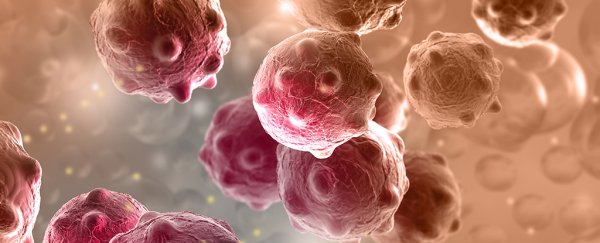Spotting the spread of diseases such as cancer in their early stages can make a huge difference to the likelihood of being able to beat them into submission, and scientists in Singapore have developed a new biosensor that could provide on-the-spot diagnoses to do just that.
The new sensor picks up on biomarkers known as microRNAs (a class of RNAs or ribonucleic acids) that help translate genetic DNA information into protein. MicroRNAs can act as signposts to various diseases, and because they're well-preserved in fluids such as urine and blood, they're an ideal way of quickly testing for signs of trouble in the body.
What the researchers from Singapore's Agency for Science, Technology and Research (A*STAR) have done is develop a silicon photonic biosensor that uses beams of light to detect tiny changes in the composition of a urine sample.
It essentially looks at the level of binding between a DNA probe and target microRNA to figure out the level of microRNA in the sample. This can then provide clues to the presence of some types of cancer, cardiac disease, and other serious health issues.
The research team says its lightweight sensor is highly sensitive, works without any other equipment, and can provide results in as little as 15 minutes. It's not ready for widespread use yet, but if it proves effective enough to be released to the public, that kind of quick assessment can make all the difference.
"Existing methods to detect microRNAs are time consuming and require cumbersome machines, which limit their usefulness in clinical settings," said one of the team, Mi Kyoung Park. "This inspired us to develop a simple and efficient point-of-care device for detecting microRNAs."
Park and her colleagues have used the newly developed system to detect two types of microRNAs in urine samples from three patients with late-stage bladder cancer.
When compared with samples from two healthy subjects, the microRNA levels differed significantly. Although only small-scale testing has been carried out so far, the team thinks the device has plenty of potential as a future diagnostic tool. They'll now need to test it on a much larger sample of people to confirm its accuracy.
"The system can be expanded to detect a number of microRNAs of different species and should be useful for a variety of point-of-care clinical applications," says Park.
The study has been published in the journal Biosensors and Bioelectronics.
